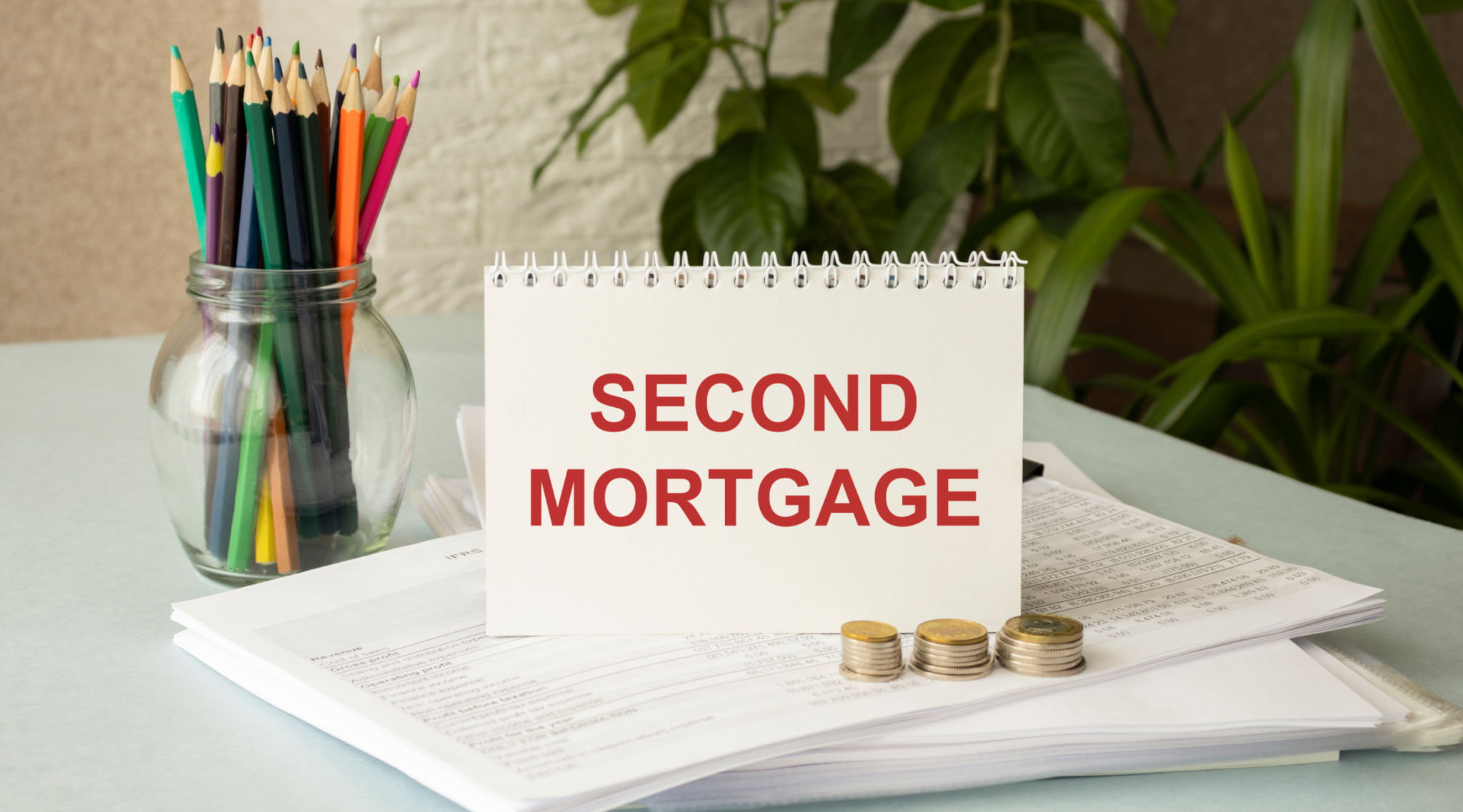How to Secure a Second Mortgage: Expert Tips for Canadian Homeowners
SC
Understanding Second Mortgages
For many Canadian homeowners, a second mortgage can be an effective way to leverage the equity in their home for financial needs such as renovations, debt consolidation, or tuition payments. Understanding the basics of a second mortgage is crucial before diving into the application process. Essentially, a second mortgage allows you to borrow against the equity you've built up in your home, using your property as collateral.
There are two main types of second mortgages: home equity loans and home equity lines of credit (HELOCs). A home equity loan provides a lump sum at a fixed interest rate, whereas a HELOC offers a revolving line of credit at a variable rate. Both come with their pros and cons, and selecting the right one depends on your financial situation and goals.

Assessing Your Financial Situation
Before applying for a second mortgage, it's essential to evaluate your current financial status. Start by determining how much equity you have in your home. Typically, lenders allow homeowners to borrow up to 80% of their home's value, minus any existing mortgage balance. This calculation will give you an idea of how much you can potentially borrow.
Additionally, review your credit score and debt-to-income ratio. Lenders will scrutinize these factors to assess your ability to repay the loan. A higher credit score and a lower debt-to-income ratio will generally result in more favorable terms.
Shopping Around for Lenders
Once you've assessed your financial situation, it's time to shop around for lenders. It's important to compare offers from multiple financial institutions to ensure you're getting the best deal. Look for competitive interest rates, flexible terms, and minimal fees.

Consider consulting with a mortgage broker who can provide access to various lenders and tailor their recommendations to your specific needs. Brokers can often negotiate better terms and save you time by doing most of the legwork.
Preparing Your Application
When you're ready to apply for a second mortgage, prepare all necessary documentation. This generally includes proof of income, tax returns, recent pay stubs, and details about your current mortgage. Proper documentation can expedite the approval process and increase your chances of securing favorable terms.
Be prepared to explain how you plan to use the funds. Lenders may require this information as part of their risk assessment. Whether you're planning home renovations or consolidating debt, having a clear plan will demonstrate your financial responsibility.

Understanding the Risks
While a second mortgage can be a useful financial tool, it does come with risks. Since your home is used as collateral, failing to make payments could result in foreclosure. It's crucial to have a solid repayment plan in place before proceeding with a second mortgage.
Furthermore, consider the impact of variable interest rates if you're opting for a HELOC. Rates can fluctuate based on market conditions, potentially increasing your monthly payments over time.
Conclusion: Making an Informed Decision
Securin g a second mortgage is a significant financial decision that requires careful consideration and planning. By understanding the types of second mortgages available, assessing your financial situation, shopping for the best terms, and preparing a thorough application, you can confidently navigate the process.
Remember to weigh the benefits against the risks and seek professional advice if needed. With the right strategy, a second mortgage can be an excellent way to achieve your financial goals while maintaining the security of your home.
